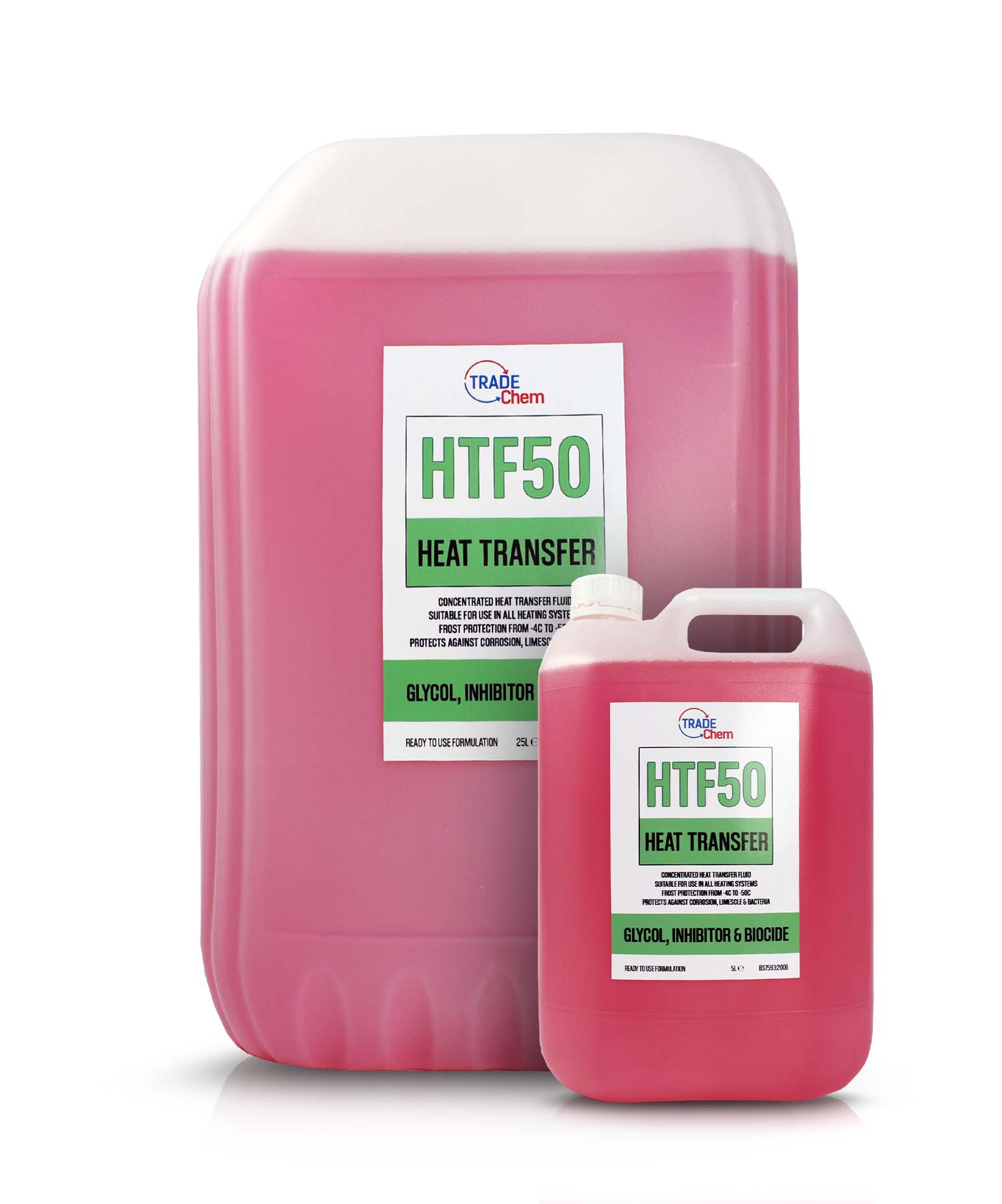The Value of Thermal Stability in Heat Transfer Fluid Choice
The Value of Thermal Stability in Heat Transfer Fluid Choice
Blog Article
The Function of Heat Transfer Liquid in Enhancing System Performance and Safety And Security
In the ever-evolving landscape of commercial processes, warm transfer liquids (HTFs) arise as pivotal components in optimizing both system performance and safety. These specialized fluids, known for their superior thermal conductivity and controlled thickness, make it possible for reliable warmth exchange, which is crucial for structured procedures.
Comprehending Heat Transfer Liquids
Warmth transfer fluids, often thought about the lifeline of thermal management systems, play a crucial role in controling temperature level across numerous industrial applications - heat transfer fluid. Industries such as chemical processing, power generation, and production rely on warm transfer liquids to ensure devices runs efficiently and safely.
The choice of an appropriate heat transfer fluid is important to the success of a thermal monitoring system. In recap, a comprehensive understanding of heat transfer liquids is crucial for enhancing system efficiency, making certain functional safety and security, and attaining cost-effective thermal management solutions.
Key Residence of HTFs

The particular warmth ability of an HTF delineates the amount of heat power called for to change its temperature, affecting how effectively the system can react to temperature level variants. The boiling and freezing factors of HTFs additionally play a pivotal role, especially in systems exposed to extreme temperatures, guaranteeing fluid stability and avoiding phase modifications during operation.
Enhancing System Performance
To improve system performance with heat transfer fluids (HTFs), it is important to integrate an extensive method that thinks about both fluid homes and system style. The choice of a proper HTF is essential, as its thermal conductivity, thickness, and details warmth capability directly impact the effectiveness of heat exchange. High thermal conductivity ensures rapid warmth transfer, while optimum thickness helps with smooth flow via the system, minimizing power intake. In addition, a high particular heat capacity permits the liquid to store and transfer even more Visit This Link thermal power, enhancing total system efficiency.
Similarly crucial is the layout of the warmth transfer system itself. The surface location and product of warmth exchangers should be optimized to take full advantage of warm transfer performance.
Boosting Operational Safety And Security
Ensuring functional safety in heat transfer systems calls for a meticulous focus on both the homes of warm transfer fluids (HTFs) and the design and maintenance of the entire system. HTFs must possess thermal security, reduced flammability, and ideal thickness to decrease threats such as leakages, fires, and system breakdowns. Choosing the best HTF is important as it identifies the system's capability to deal with temperature variations without endangering safety and security.
The style of the system ought to incorporate redundancies and fail-safes to manage possible threats successfully. This consists of the combination of safety valves, stress alleviation gadgets, and temperature monitoring systems to spot and address abnormalities immediately. Regular upkeep is imperative to ensure that all parts, including pumps, pipes, and seals, are working properly and are devoid of wear or corrosion, which can cause harmful leaks or failings.
Moreover, workers in charge of the procedure and maintenance of warmth transfer systems need to be effectively learnt safety methods and emergency feedback procedures. Regular training programs and security drills can dramatically decrease the possibility of crashes, guaranteeing a more secure working environment. Inevitably, a comprehensive strategy to security-- encompassing liquid option, system style, and labor force training-- is important for optimal operational protection.
Industry Applications of HTFs
Commonly made use of across different sectors, warm transfer liquids (HTFs) play a crucial function in boosting the efficiency and get redirected here dependability of thermal monitoring systems. In the chemical industry, HTFs are indispensable for maintaining accurate temperatures throughout responses, guaranteeing item uniformity and top quality. They facilitate warm exchange processes in activators, condensers, and warmth exchangers, therefore optimizing energy use and reducing waste.
In the oil and gas market, HTFs are used in both upstream and downstream procedures. They manage temperature in drilling operations and improve efficiency in refining processes by offering steady thermal conditions. This leads to minimized downtime and boosted safety and security, specifically in critical procedures such as purification and fracturing.
The renewable power field additionally profits dramatically from HTFs, specifically in focused solar energy (CSP) plants. Below, HTFs move recorded solar power to power turbines, enabling efficient electrical power generation. The pharmaceutical industry depends on HTFs for accurate temperature control in both synthesis and storage, making certain item efficiency and security.


Furthermore, the food and drink field makes use of HTFs for pasteurization, sanitation, and cooking procedures, enhancing both item security and production effectiveness. Across these industries, HTFs function as essential components in keeping ideal functional performance and safety.
Final Thought
Warm transfer liquids are essential in enhancing commercial system performance and safety by using high thermal websites conductivity, optimum viscosity, and thermal stability. Appropriate option and maintenance of HTFs enhance warm exchange performance, thus improving functional effectiveness.
Report this page